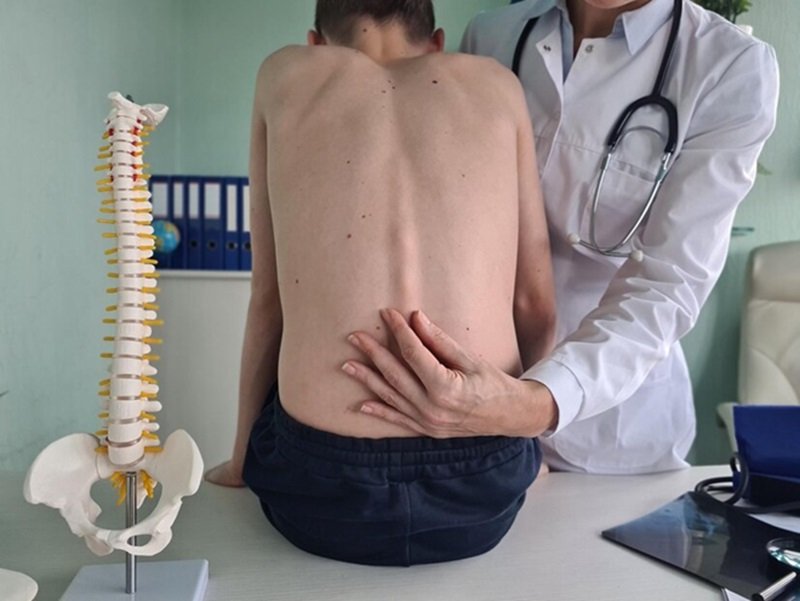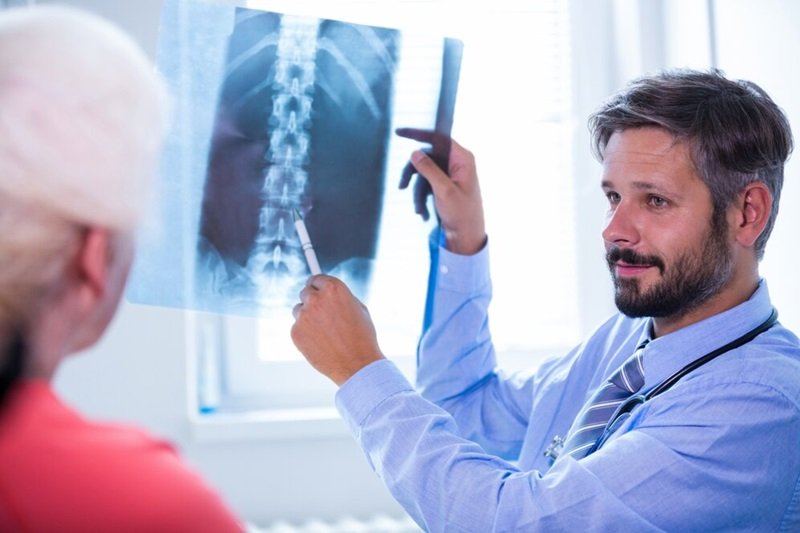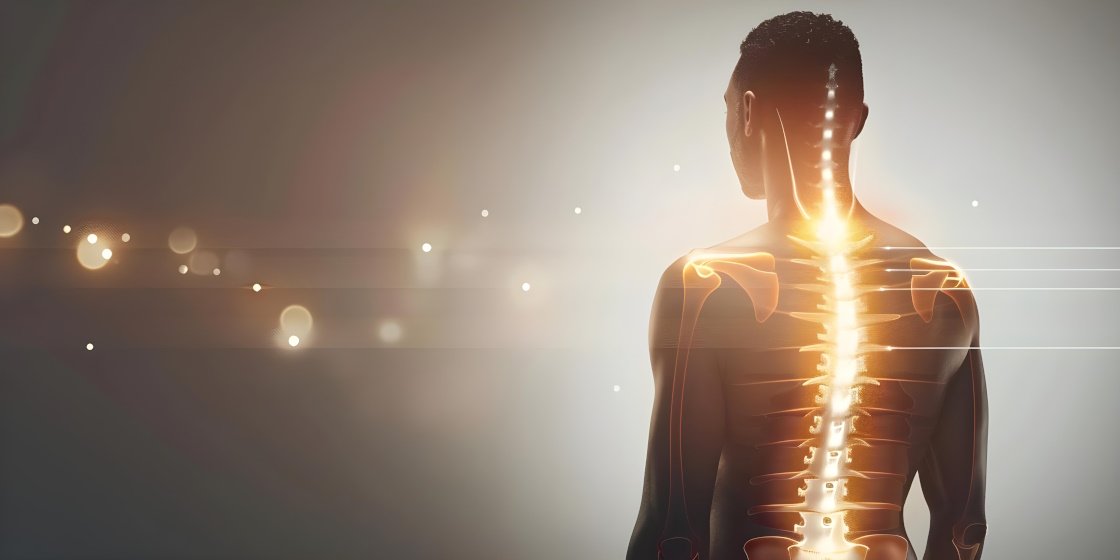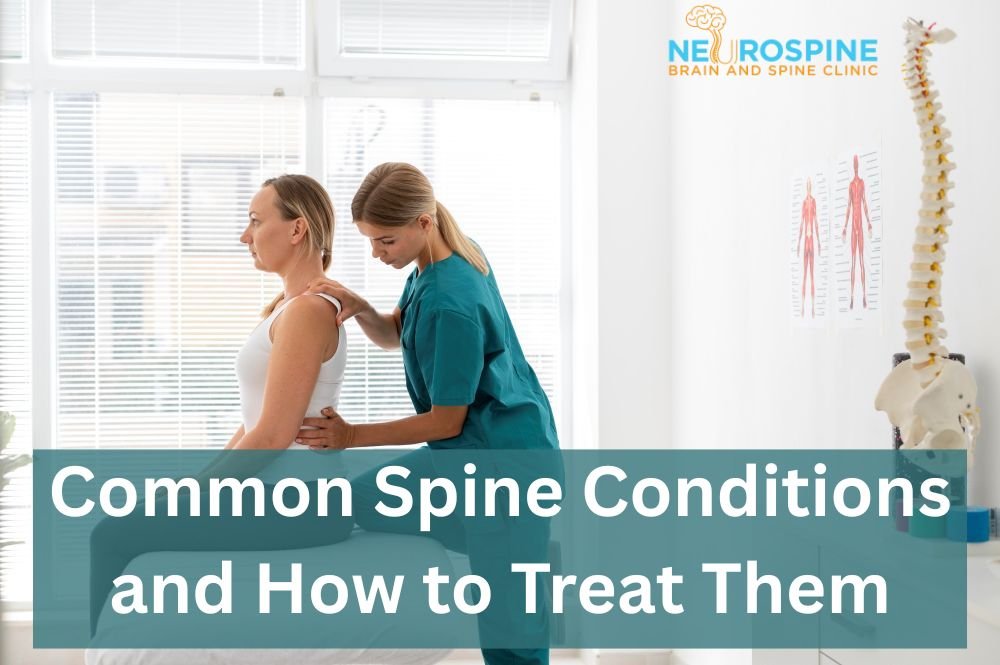The spine is vital to our health. It supports the body from head to toe and makes standing, sitting, and moving easy. Spine abnormalities can cause pain, discomfort, and long-term health issues, affecting posture and health. Finding and fixing these issues early prevents them from worsening. NeuroSpine Thane is one of the most outstanding spine care centres, teaching individuals to recognize early spinal abnormalities. This article will teach you how to spot and handle these little but essential indications.
- Understanding Spinal Deformities
Spinal abnormalities include scoliosis, kyphosis, and lordosis. These are aberrant spine curvature or misalignments. Scoliosis causes the spine to curve to the side, while kyphosis causes it to curve too far forward, commonly in the upper back. Lower back lordosis is excessive inward curvature. Untreated anomalies worsen with time.
Congenital disabilities, accidents, and bone and joint illnesses can cause spinal deformities. Insufficient balance or repeated strain can cause spinal abnormalities. NeuroSpine Thane specialists address many spinal problems. They emphasize early diagnosis and treatment to avoid long-term issues. Early detection of deformities improves non-surgical treatment. In many cases, physical therapy, braces, or remedial exercises help.
- Small postural modifications
A shift in stance is often the first sign of spinal abnormalities. One shoulder may be higher, or your head may lean forward or to one side. These modifications may appear minor at first, but don’t overlook them. Uneven posture can strain your muscles, ligaments, and joints if you don’t adjust it.
Sometimes, posture modifications don’t hurt right away, making them easier to detect. These tiny asymmetries can worsen over time, decreasing your range of motion and feeling. According to NeuroSpine Thane, long-term sitters and desk workers should pay attention to their posture. Regular posture checks and professional evaluations can detect these changes early and prevent further damage.
- Chronic back pain
Most people have back pain, but your spine may malfunction if it persists. Workouts or incorrect posture can cause back discomfort, but weeks or months of pain may indicate a more significant issue. Spinal deformities Thane like scoliosis or kyphosis can strain nerves, muscles, and the spine, causing pain without rest or medication.
The malformation may cause lower, middle, or high back pain that may move to the shoulders, hips, or legs. If your back discomfort persists, see a doctor like NeuroSpine Thane. Early diagnosis allows you to receive noninvasive therapies like physical therapy to relieve pain and prevent spine damage.
- Uneven muscle growth
Spinal anomalies can trigger muscle growth due to varying stress levels. When one side of the spine is more bent or misaligned, its muscles must work harder to compensate. This makes one side of the body more significant and more developed. This imbalance can stiffen, reduce flexibility, and increase pain and soreness.
If one side of your body is tighter, tense, or more significant than the other, this may indicate a spine issue. NeuroSpine Thane doctors often treat muscular imbalances with specific exercises and physical therapy. Early treatment can restore balance and prevent muscular breakdown. Working out both sides of your body can also prevent these imbalances from worsening.
- Your balance or movement changes
Common manoeuvres can be more challenging with spinal abnormalities that compromise balance and mobility. You may struggle to lift, bend, or twist without hurting yourself or losing equilibrium. More severe spine deformities might impact nerves, causing numbness, tingling, or weakness. The bent spine forces the spinal cord and nerves to function less, changing people’s movement.
If you trip or fall often or feel unbalanced, see a specialist. Physical therapy and spine tests from NeuroSpine Thane can help you determine what’s causing these mobility issues. You can start physical therapy, exercises, or bracing immediately. All of these treatments aim to improve mobility and balance.
- Breathing issues
In severe cases, spinal anomalies can impair lung function. Scoliosis patients’ curved spines impact the chest, which can cause shortness of breath or shrinking of the lungs. A spinal anomaly may also impact the ribs or diaphragm if the patient can’t breathe deeply or has other breathing issues.
At NeuroSpine Thane, specialists emphasize treating spine deformity-related respiratory issues. After treating the underlying problem, people can breathe better and live better. People with severe spine curvatures who have trouble breathing may need braces or surgery.
- Early diagnosis/treatment options
Early detection of spinal abnormalities is essential. Early detection of many disorders allows noninvasive treatment with physical therapy, braces, or lifestyle adjustments. In extreme circumstances, spinal misalignments may require surgery. Avoiding disease progression and long-term discomfort or impairment is important.
If you suspect a spinal abnormality or have symptoms, visit a spine specialist immediately. NeuroSpine Thane uses imaging techniques like X-rays and MRIs to assess deformity severity accurately. A specific treatment strategy may involve physical therapy, corrective exercises, or surgery to restore normal function and quality of life.
Conclusion
Avoid deforming your spine, which supports your body and might cause long-term discomfort and incapacity. Early detection of spine abnormalities can prevent daily life disruptions. Spinal issues can cause chronic back pain, muscle pain, and difficulty moving. Spinal deformities in Thane can be treated with early diagnosis, tailored treatment, and continued care to keep your spine healthy. If you address issues immediately, you will be healthy and pain-free. Consult a spine care professional immediately to keep your spine strong and straight for years.




